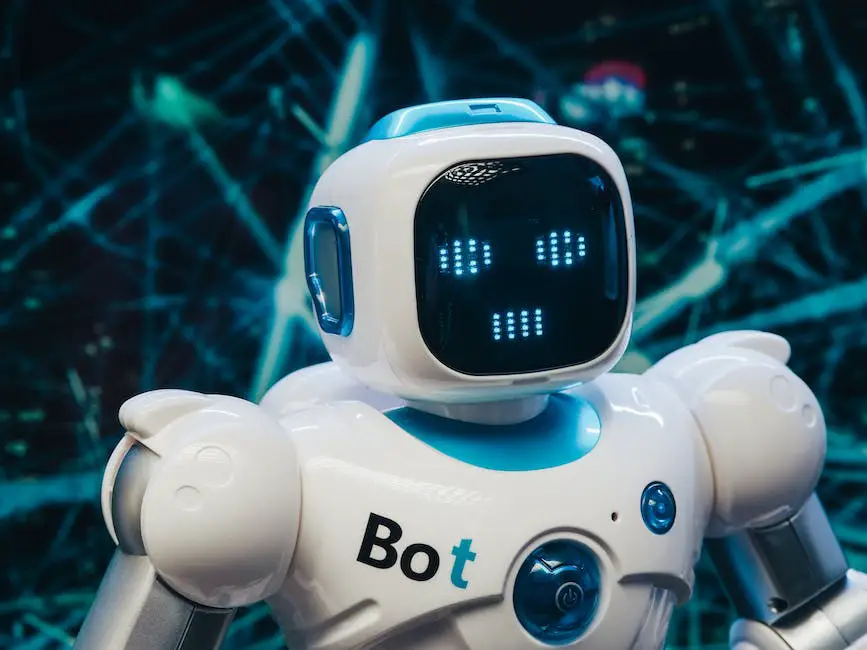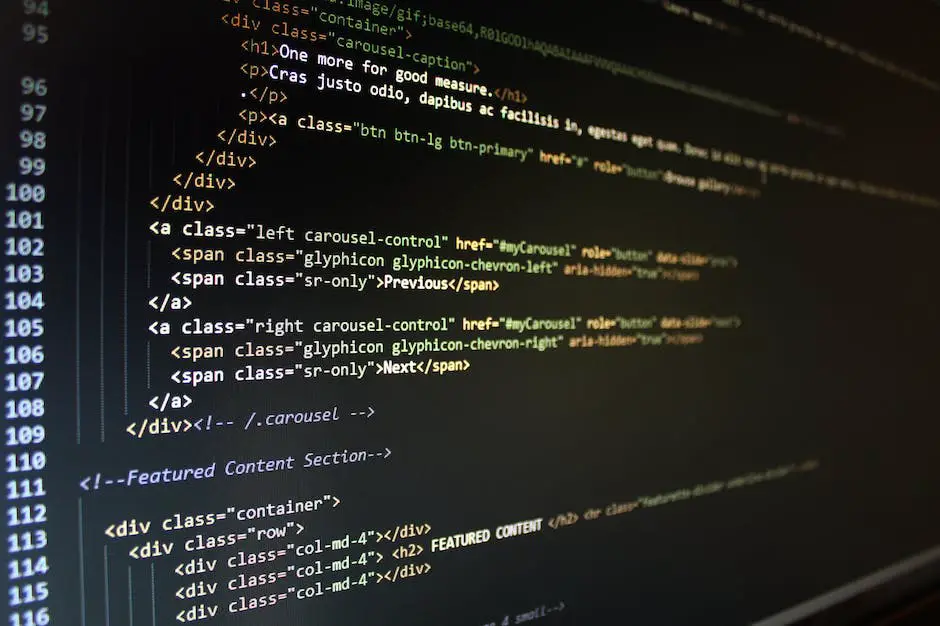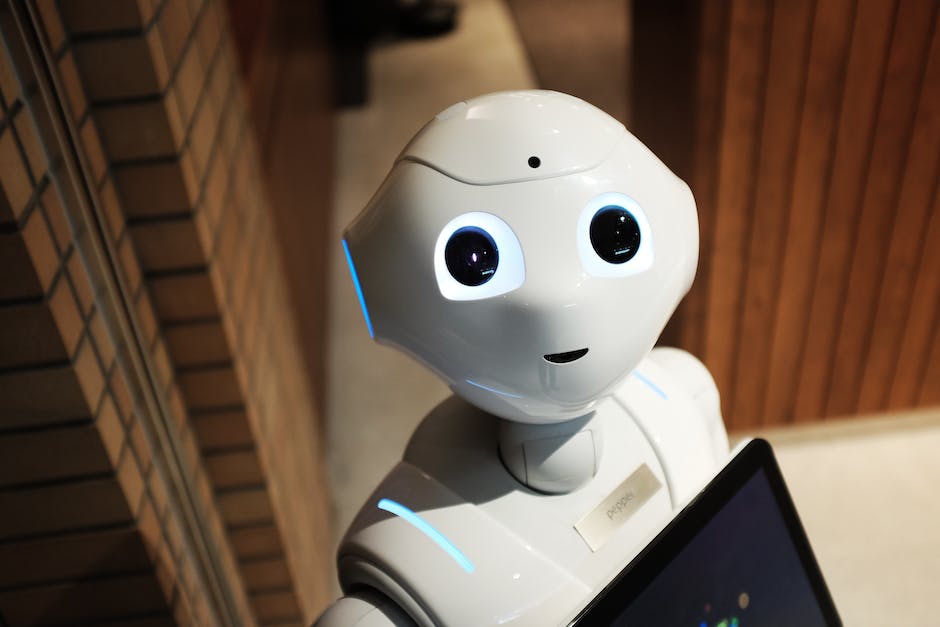In an era where technology forms a crucial part of our day-to-day lives, the influence of Artificial Intelligence (AI) has grown dramatically. From simplifying complex calculations to significantly improving efficiency, AI has weaved its way into various aspects of human activities. One of these areas is content creation, where AI is transforming the way content is generated and consumed. The primary purpose of this discussion is to delve into the fascinating world of AI, dissect how it generates content, evaluates the quality and authenticity of its creatives, and peer into the future for its potential implications.
Understanding the Basics of AI
Understanding the Basics of AI
Artificial Intelligence, or AI, is a branch of computer science that focuses on creating machines capable of intelligent behavior. This technology strives to mimic human intelligence and reliably perform tasks that typically require human cognition. AI includes learning from experience, reasoning, understanding human language, recognizing patterns, and making decisions.
AI works primarily through machine learning, a subset of AI that gives computers the ability to learn without being explicitly programmed. Machine learning uses algorithms to parse data, learn from it, and make predictions or decisions. The more data the machine is exposed to, the more it learns and the better it becomes at making accurate predictions.
AI is generally grouped into two types: Narrow AI and General AI. Narrow AI includes systems designed to perform a specific task, such as personal assistants like Siri or Alexa. General AI pertains to systems that can perform any intellectual task that a human can do.
Common Applications of AI
AI is integrated into many aspects of our everyday lives, even if we don’t always realize it. If you’ve ever interacted with an automatic voice system, used a GPS navigational app, or viewed personalized online ads, you’ve experienced AI.
AI in Digital Assistants
AI has radically transformed the technology in our homes. Smart speakers like Amazon’s Alexa, Google Home, and Apple’s Siri use AI to understand and respond to voice commands. These digital assistants can play your favorite music, control your home’s lighting, provide real-time weather forecasts, and more.
AI in Navigation Systems
AI plays a vital role in GPS and navigational apps, such as Google Maps and Waze. It uses enormous amounts of data to calculate the fastest routes, estimate arrival times, and even identify changes in traffic patterns.
AI in Online Advertising
AI is extensively being utilized in online advertising to analyze user behavior data and display personalized ads. Through machine learning, AI can identify patterns in your online activities to better understand your interests, helping businesses target their ads more effectively.
AI in Social Media Algorithms
Social media platforms like Facebook, Instagram, and Twitter use AI to optimize the content you see. By analyzing your behavior and engaging with your content, these AI algorithms can personalize your feed and show you more of what you like.
Understanding AI Generated Content
AI-generated content describes any piece of content that’s been created by artificial intelligence. The AI uses machine learning to analyze large amounts of data and generate human-like text.
Uses of AI-Generated Content
AI content generation has seen use across industries, creating compelling content that’s personalized to individual needs or preferences. AI can write everything from full-length articles and social media posts to marketing content and product descriptions. Beyond content for digital platforms, AI can even write poetry or screenplays.
Natural Language Generation
A significant part of AI-generated content is Natural Language Generation (NLG), which uses AI algorithms to create readable, human-like text from data. NLG can transform raw data into narratives, reports, and summaries that we can easily understand and use.
Deep Learning in AI-Generated Content
Deep learning is a subset of machine learning that’s used in AI-generated content. AI models known as Generative Pretrained Transformers (like GPT-3) use deep learning to analyze human-written text and then generate new text that imitates the style and content it’s been trained on.
AI technology is becoming increasingly integrated into our regular activities. We interact with it daily – in our homes, cars, the online ads we browse, and even in the content we consume digitally. With rapid advancements in AI, it’s feasible that AI-generated content could soon emulate the quality and nuance of text written by humans.

Rise of AI Generated Content
Digging Deeper Into AI-Generated Content
The last few years have seen Artificial Intelligence (AI) making remarkable strides in the realm of content creation. The expansion of AI in generating content is principally attributed to its superior speed and efficiency in data analysis, decision-making, and producing tailored content that surpasses human capabilities in terms of time. This level of automation promises a significant boost in productivity, enabling businesses to produce large amounts of content in minimal time.
Artificial Intelligence In Content Creation
AI-generated content refers to the automated generation of textual material using artificial intelligence techniques. It allows for the creation of unique, personalized, and high-quality content with minimal human input. AI tools can create content by utilizing algorithms to synthesize information, using natural language processing to transform structured data into human-readable content. They are often used for tasks that require a high volume of identical writing styles, such as product descriptions, stock market reports, or summarizing business information.
Areas of Application for AI-Generated Content
There are multiple sectors where AI-generated content is heavily used. In journalism, for instance, news organizations utilize AI to create content for repetitive, data-heavy stories, such as financial reports or sports roundups. The Associated Press, for example, uses automated technology to generate news reports about company earnings.
In social media, AI helps in generating content for promotional posts, ad copies, or creating personalized content based on user activities or preferences. For instance, Facebook employs AI to generate photo descriptions for visually impaired users, while Twitter employs AI to curate content for individual users based on their activity.
Blogging is another popular area where AI-generated content is making a significant impact. Tools like Articoolo and WordAI can generate blog articles on specific topics in less than a minute.
Benefits of AI-Generated Content
The benefits of AI-generated content are numerous. The most notable one is productivity. AI can generate content almost instantaneously, allowing for quicker turnaround times and freeing up humans to work on more complex tasks.
AI-generated content is also highly customizable. Because AI uses data to create content, it can easily tailor content for individual users based on their consumer behavior or observed preferences.
In terms of accuracy, AI-generated content is less prone to factual errors. Because AI-driven tools gather information from various sources and use algorithms to analyze this information, they are less likely to make factual mistakes.
Lastly, scalability is an essential benefit of AI-generated content. Businesses can exponentially increase their content production with AI tools without requiring a corresponding increase in human resources.
Exploring the Complexities and Ethical Dimensions of Artificial Intelligence-Created Content
While the advantages of artificial intelligence (AI)-created content abound, various hitches and ethical issues come to light as well. Notably, the principal worry revolves around the potential loss of human ingenuity and personal touch. Even though AI can swiftly craft content on an extensive scale, it might fall short when it comes to artistic novelty, emotional richness, and understanding of cultural contexts inherent in human authors.
In the same vein, the possibility of AI-produced content increasing the chances of dispersing false or inaccurate information persists, especially when the AI program is trained on prejudiced or incorrect data.
Therefore, it becomes essential to ponder over these implications and employ AI judiciously in order to harness its full potential in the content creation sector. It is vital to keep in mind that AI-crafted content is intended to enhance human creativity, not supplant it.

How AI Generates Content
Diving Deeper into the World of AI-Driven Content Generation
The field of artificial intelligence (AI) diversifies and expands its applications with each passing day. One of the more remarkable of these is in the formation of written content. The process of AI content creation makes use of advanced software applications that integrate machine learning (ML) and Natural Language Processing (NLP) technologies to formulate written content. These technologies powered by AI have the capability to understand, decipher, and even compose content that bears resemblance to human language. This is the reason why AI-driven content generation has gained widespread acceptance and utilization in fields such as customer service, content marketing, social media management, and more.
Machine Learning and Natural Language Processing
ML and NLP are the primary technologies behind AI content generation. Machine learning is a subset of AI that involves the use of algorithms and statistical models to enable computers to improve their performance on tasks without the need for explicit programming. There are two main types of machine learning, supervised and unsupervised learning, used for content generation. In supervised learning, the machine is trained using input-output pairs, while unsupervised learning involves training the machine using unlabeled data.
On the other hand, NLP involves the use of computational and mathematical methods to analyze and synthesize human language. It enables machines to understand, interpret, and generate human-like text. Together, ML and NLP provide the basis for AI content generation.
An Inside Look at the Creation of AI-Generated Content
Understanding AI-generated content goes hand in hand with comprehending the process behind its formation, which begins with the gathering of text data. The AI system uses these vast data sets as the base for learning the context, form, and style of the text.
Once the data has been collected, the AI employs a machine learning model during the learning stage to study and comprehend the text’s patterns and structure. Deep learning models such as Recurrent Neural Networks (RNN) or transformers are frequently utilized for this phase due to their proficiency in contextual understanding of the content.
After deciphering the data patterns, the AI system transitions into the next phase: generating text. At this stage, various AI models such as the renowned GPT-3, developed by OpenAI, may be deployed. The GPT-3 distinguishes itself by utilizing 175 billion machine learning parameters, producing text that aptly mirrors human language.
Upon the text’s formulation by the machine learning model, a post-processing phase ensues for fine-tuning the content. This may involve corrections in grammar, spell-checking, or the eradication of inappropriate content to retain the training’s style and context.
Ultimately, the quality and volume of the training data immensely influence the AI-generated content. Highly curated data and thoughtful algorithm design are imperative in the production phase, ensuring that the final content is of premium quality, reliable, and meaningful. Any bias or error within the training data, however, is bound to reflect in the AI’s output.

Discussion on the Quality and Authenticity of AI Generated Content
Key Insights into AI-Generated Content
AI-Generated content represents the culmination of elaborate AI algorithms and models that produce written text, images, music, and even videos. The realization of this content is made possible through advanced technologies including Machine Learning, Natural Language Processing, and Deep Learning. Accordingly, these models are fed with extensive data sets, which later enable them to create fresh and unique content grounded on the patterns they’ve absorbed from the input data.
Assessing the Quality of AI Generated Content
The quality of AI-generated content can vary widely, depending on the sophistication of the AI and the amount and quality of data it’s been trained on. At its best, AI-generated content can be nearly indistinguishable from human-created content. For instance, AI can generate news articles, marketing copy, or even poetry that reads naturally and provides valuable information or entertainment.
However, there are limitations. While AI can mimic human language patterns and reproduce concepts it’s been trained on, it lacks innate understanding of the world or human emotions. This can lead to AI-generated content that seems superficial, or doesn’t make full sense in context.
Can AI Replicate Human Creativity?
While AI has made impressive strides in mimicking human creativity, whether it can truly replicate it is a topic of ongoing debate. AI doesn’t “create” in the same way humans do — it works through algorithms, processing inputs into outputs based on what it’s been trained to do.
AI can produce work that appears creative because it’s designed to mimic the complex decision-making processes behind human creativity. For example, an AI trained on thousands of songs can generate a new tune that sounds pleasing to the human ear. But it isn’t producing this music through any understanding or feeling of its own, but rather through mathematical patterns and predictions based on its training data.
The Ethical Aspects of AI Generated Content
AI-generated content brings up several ethical concerns. One of the major debates is around the issue of plagiarism or copyright infringement. If an AI uses existing human-created content as input to generate its own work, who owns the right to that output?
Currently, there’s no clear legal precedent for these issues. It’s also challenging to attribute authorship or ownership of a piece of AI-generated content, because AI is a tool rather than an independent entity.
Another key concern is the use of AI to create misinformation or manipulate public opinion. Deepfakes, for example, are AI-generated videos that can convincingly replace a person’s likeness and voice with another’s. This technology has the potential to be used maliciously and mislead people on a large scale.
Closing Thought
AI-generated content offers exciting capabilities but also raises complex issues, including potential risks and ethical implications. As AI continues to grow more entwined with our lives, ongoing dialogue is crucial to understand its impact and need for regulatory oversight. This balance will ensure we maximize the benefits of AI-generated content while also establishing measures to prevent potential misuse.

The Future of AI Generated Content
Advancing Prospects for AI-Generated Content
Artificial Intelligence (AI) demonstrates increasingly promising potential in content generation across diverse mediums. The creation and quality of such content is advancing at an impressive rate, illustrating that AI-generated content will be an essential component of our future digital landscape. Currently, AI is already employed in numerous fields, including journalism, social media content production, scriptwriting, language translation, customer service, and other text-based applications. The continued growth of AI indicates not only promising potential for content creation efficiencies but also significant changes for the future world of work.
Transforming the Content Creation Landscape
The potential impact of AI on content creators is vast. AI can generate fresh content quickly, accurately, and in vast quantities, surpassing the human productivity limit. With AI, personalized content can also be produced, which can help businesses target the right audience easily. Moreover, AI-powered tools can leverage data analytics to create valuable content that resonates with the viewers.
However, the increasing utilization of AI for creating content also brings forth concerns regarding the originality of content and the reduced human touch. Some of the fine nuances, emotions, and creativity that human writers bring to their work may be missed or reproduced inadequately by an AI system.
Impact of AI on the Job Market
As AI progresses, concerns about job loss and displacement due to automation are being raised. For instance, as AI becomes more capable of generating quality content, the demand for human content writers, journalists, and related jobs could decrease.
However, this perspective overlooks how AI can complement human creators. Instead of completely replacing them, AI can assist them in brainstorming unique ideas, enhancing productivity, and reducing workloads. Furthermore, as AI-generated content becomes more widespread, there will be an increasing demand for roles that oversee and manage these systems, opening up new opportunities in the job market.
Preparing for the AI-Driven Future
Individuals and businesses need to anticipate and prepare for this AI-driven future to leverage the benefits it offers. Learning and adapting to new technology would be fundamental to keep up with the AI revolution in content creation. Acquiring skills in AI and related technologies or learning ways to incorporate AI tools into existing workflows can lead to improved productivity and efficiency.
Moreover, businesses should focus on creating a balance between AI-generated content and human creativity, to ensure they get the best of both worlds. This means employing AI for speed, efficiency, and data-driven precision, and human intellect for originality, emotional understanding, and creative flair.
Embracing AI technology may require not just a shift in the way we work but also in our mindset. Recognizing that AI is not a threat, but a tool that can enhance human potential, will be essential in transitioning to a future where AI and humans work together to produce better and meaningful content.

The proliferation of AI in content generation has significant implications for individuals and businesses alike. As the technology becomes more sophisticated, capable not only of mimicking human creativity but also of creating its original content, it is important to anticipate the changes it may usher. Exploring the ethical debates surrounding its use, its impact on the job market, and the ways in which we can prepare for an AI-driven future constitute noteworthy themes. As we navigate this AI-impacted world, understanding and harnessing AI’s role in content creation are among our strongest assets.